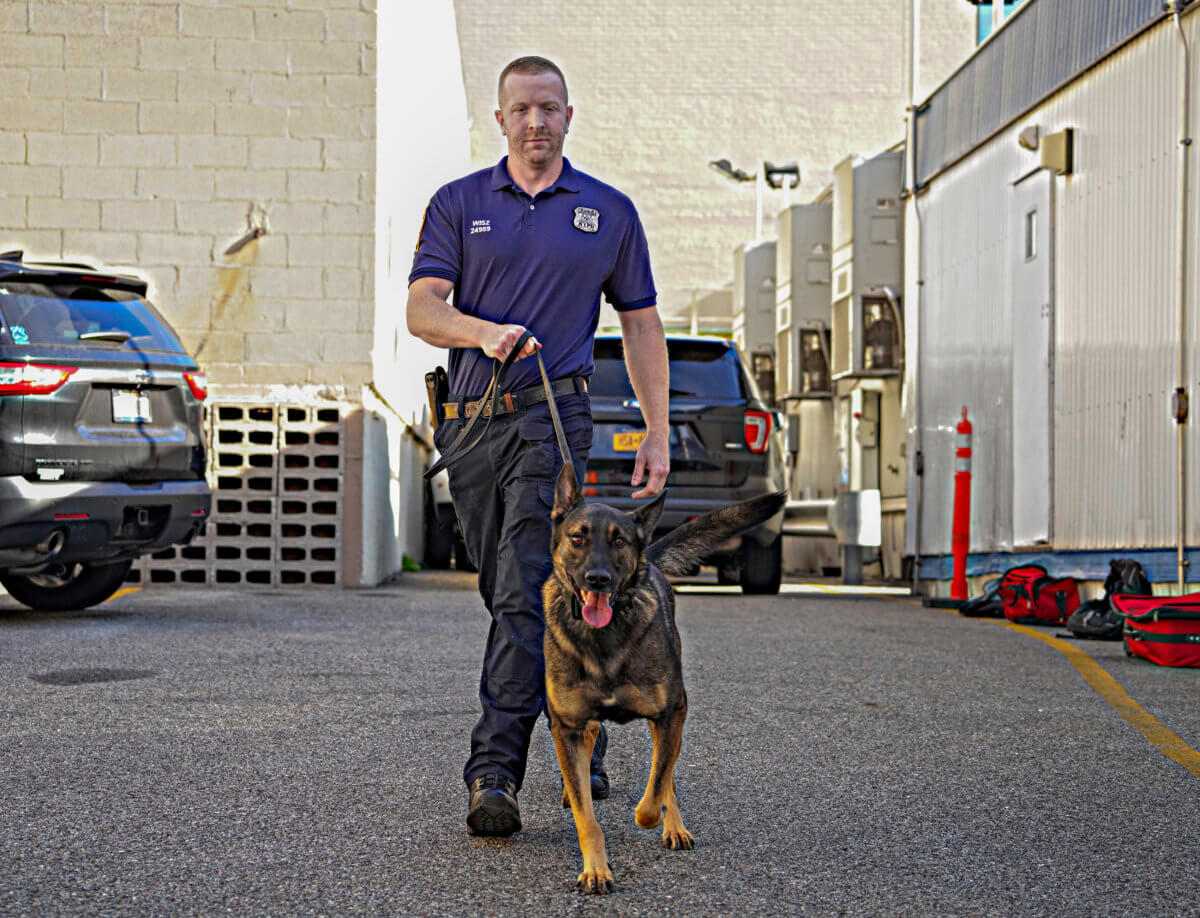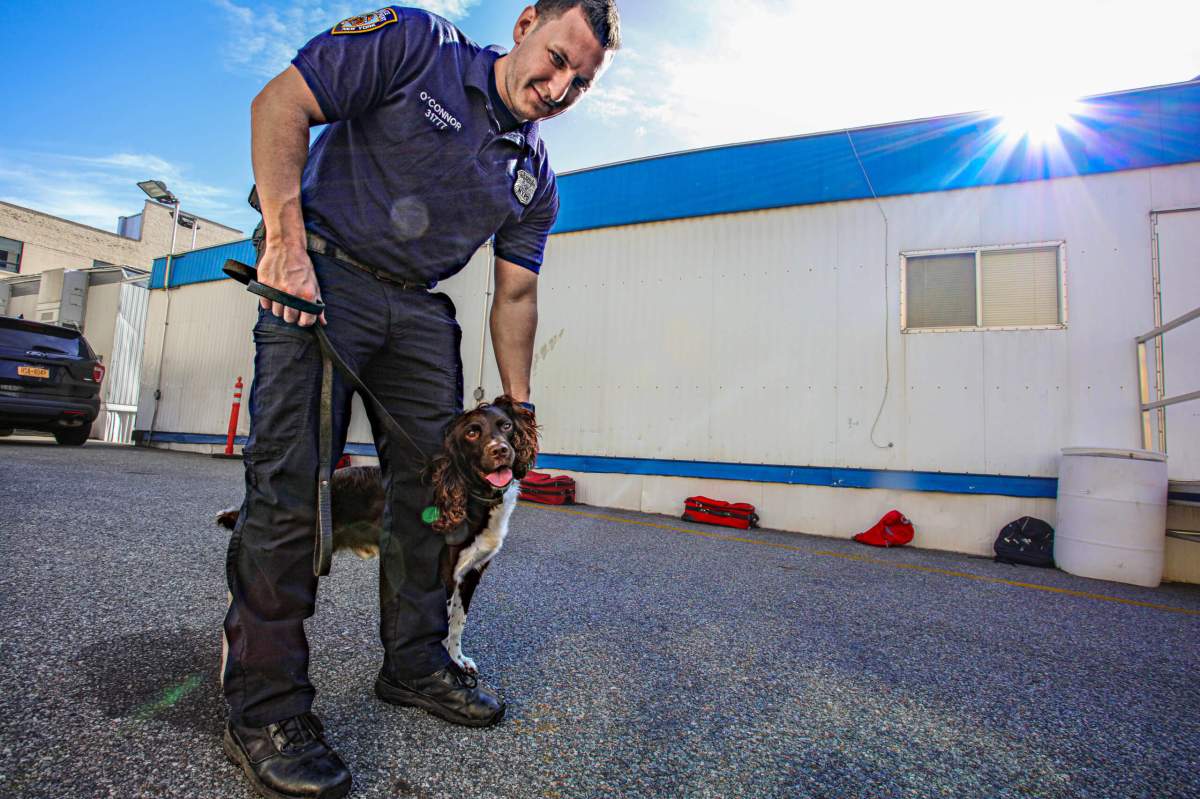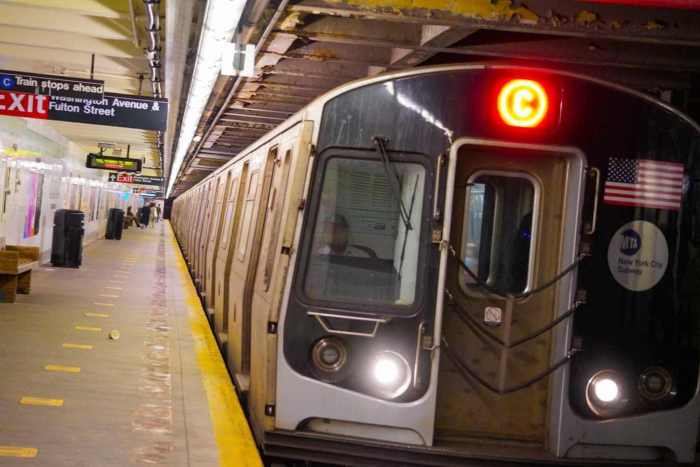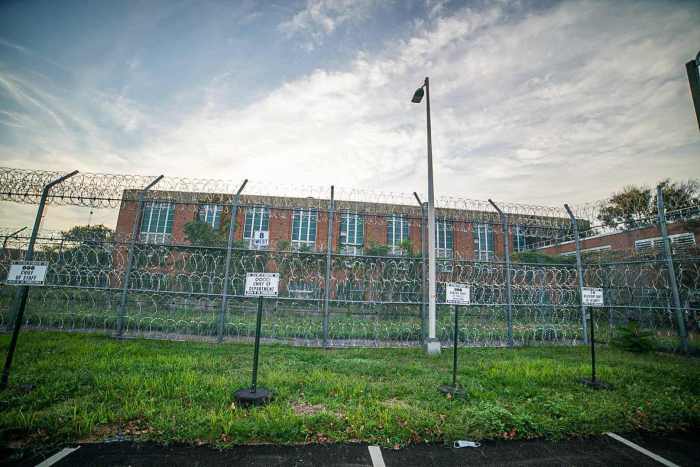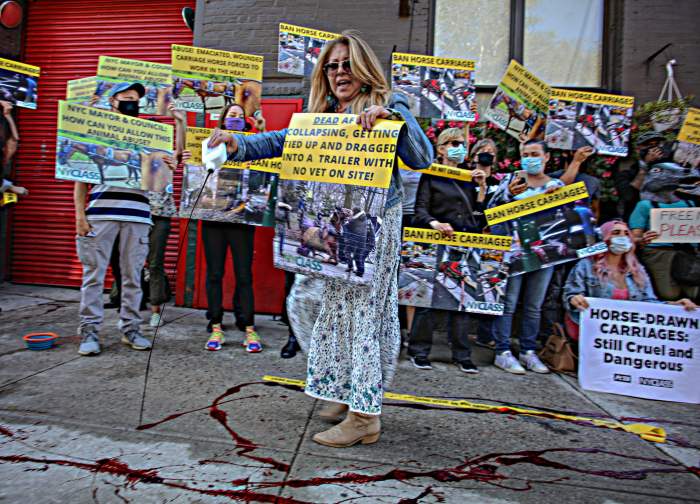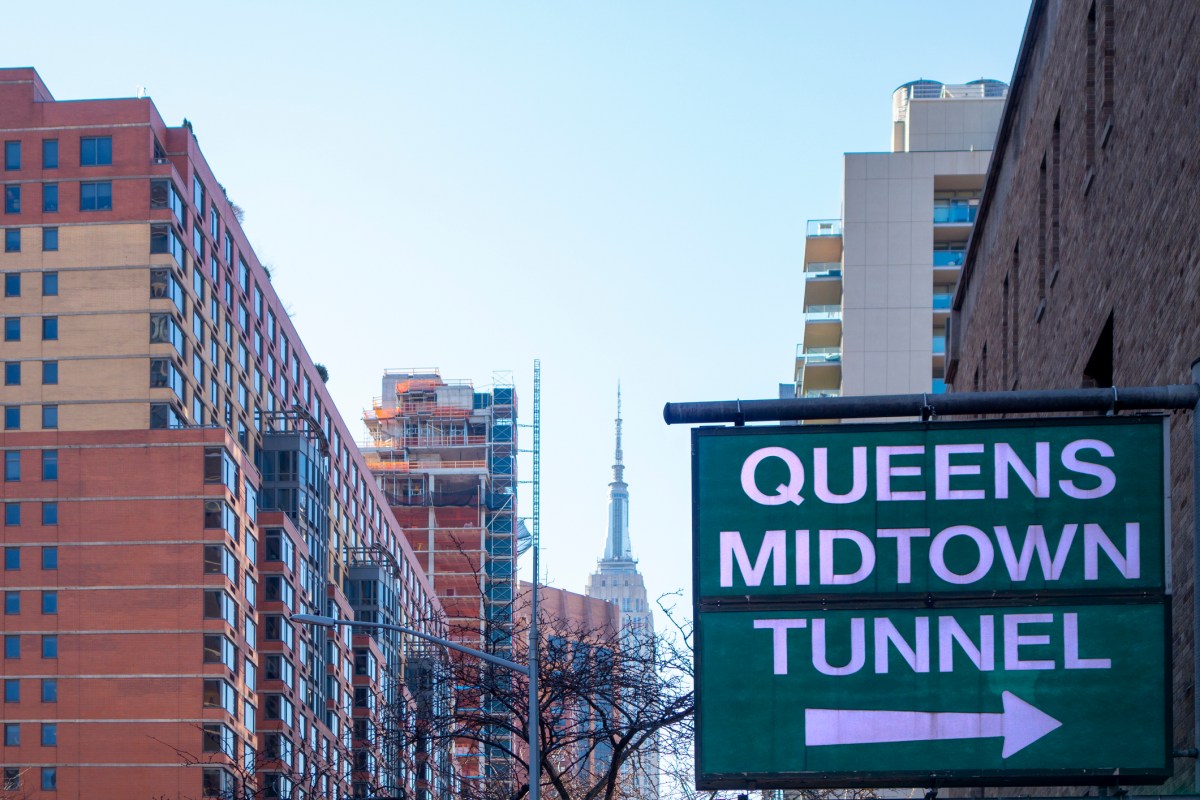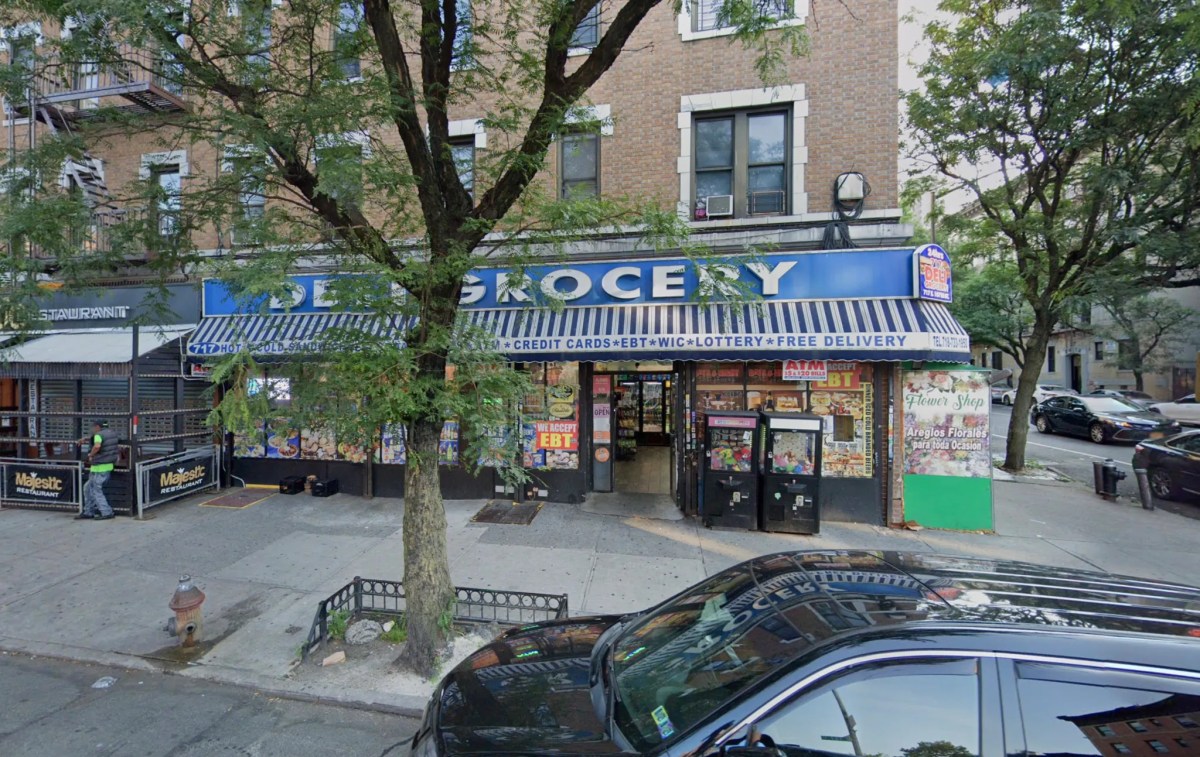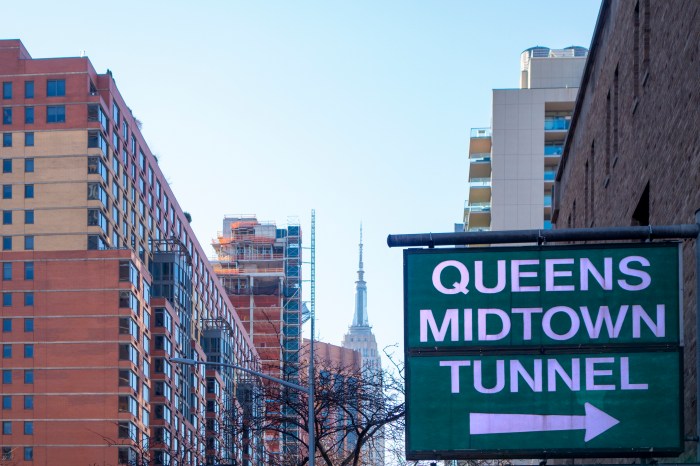The NYPD’s newest canine members are truly bred for the job.
The four-legged constables, known as Transit Enhanced Detection Dogs (TEDD), are truly one of a kind, according to Lieutenant John Pappas of the NYPD Transit Bureau K-9 Division. While much of New York came to a screeching standstill during the early months of the COVID-19 pandemic, his unit went into overdrive, using the time to hone the specialized training of their four-legged officers by creating their very own breeding program.
This unique rearing procedure was developed to aid in the training of TEDD dogs who have been in service covertly for a little over half a decade but are only being officially unveiled now. These hairy bomb experts can discover the odor of an explosive device in seconds.
“It’s the first time in the history of the Police Department that we’ve had a canine breeding program. It’s very difficult to do but very worthwhile,” Pappas said. “Another aspect that’s unique is our tread program. We basically came up with a way, in the NYPD’s transit pure canine unit, to detect unconventional explosives using an electronic suite that we made onto an explosives detection dog. It’s a very useful thing, and we’re the only ones on the planet doing that. The only police agency in the world that uses it.”
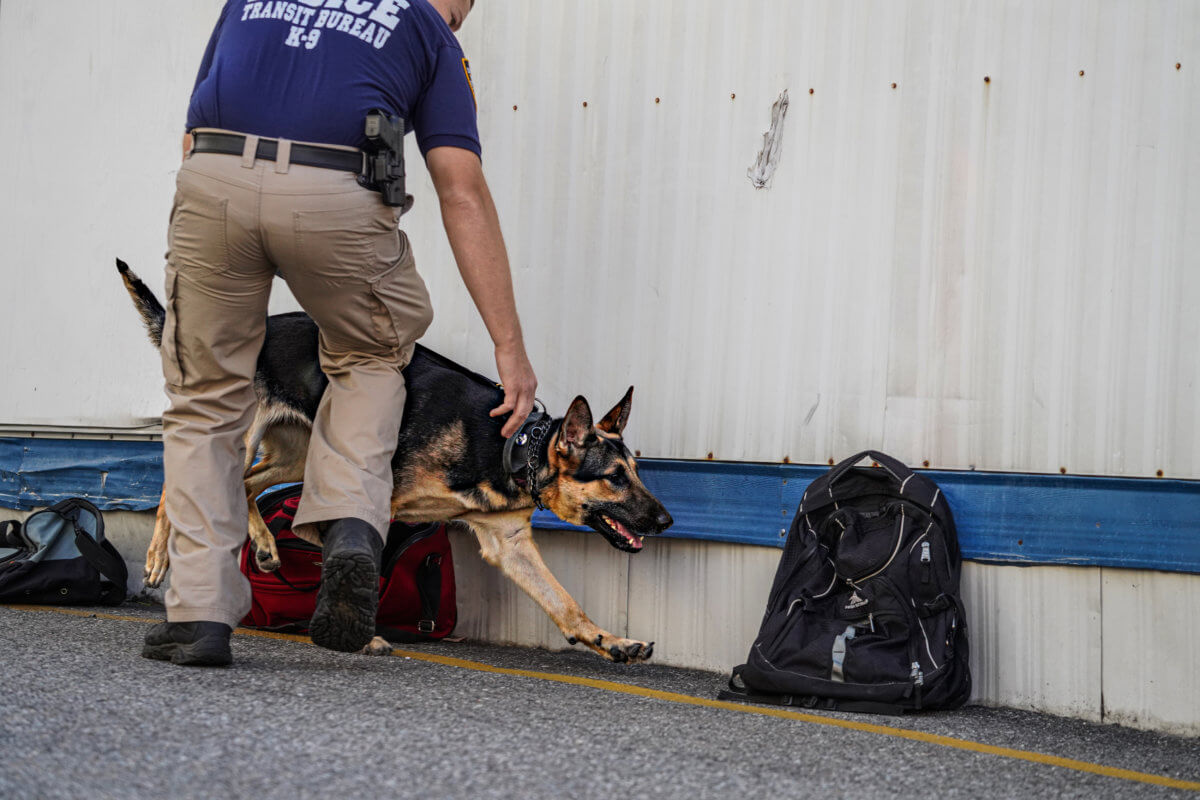
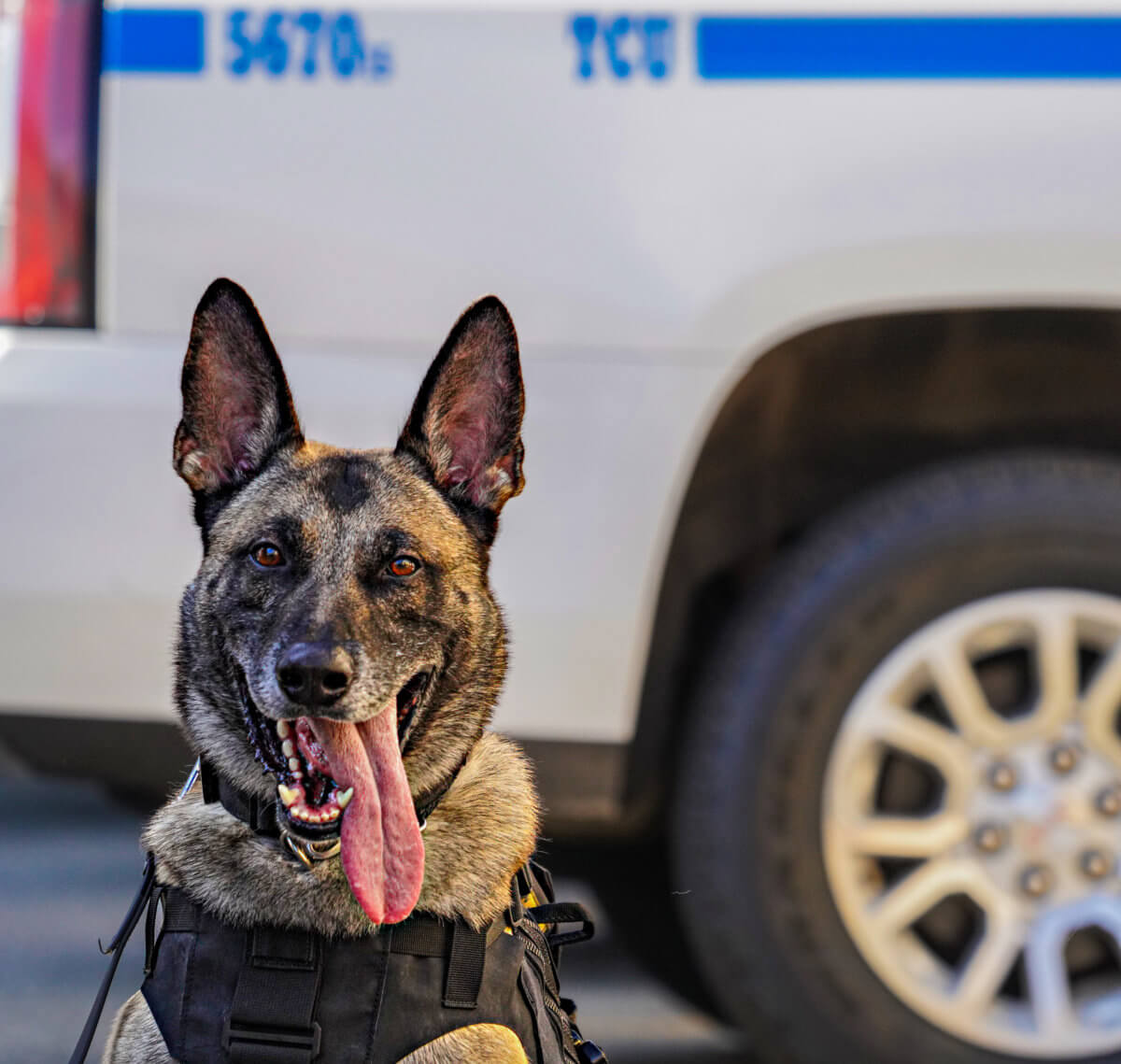
Ten dogs graduated from the training process to become a part of the unit on Oct. 15, including Mikey, the first Springer Spaniel in the Department’s service. Prior to the ceremony, several of the hounds and their handlers showed amNewYork Metro just what they could do.
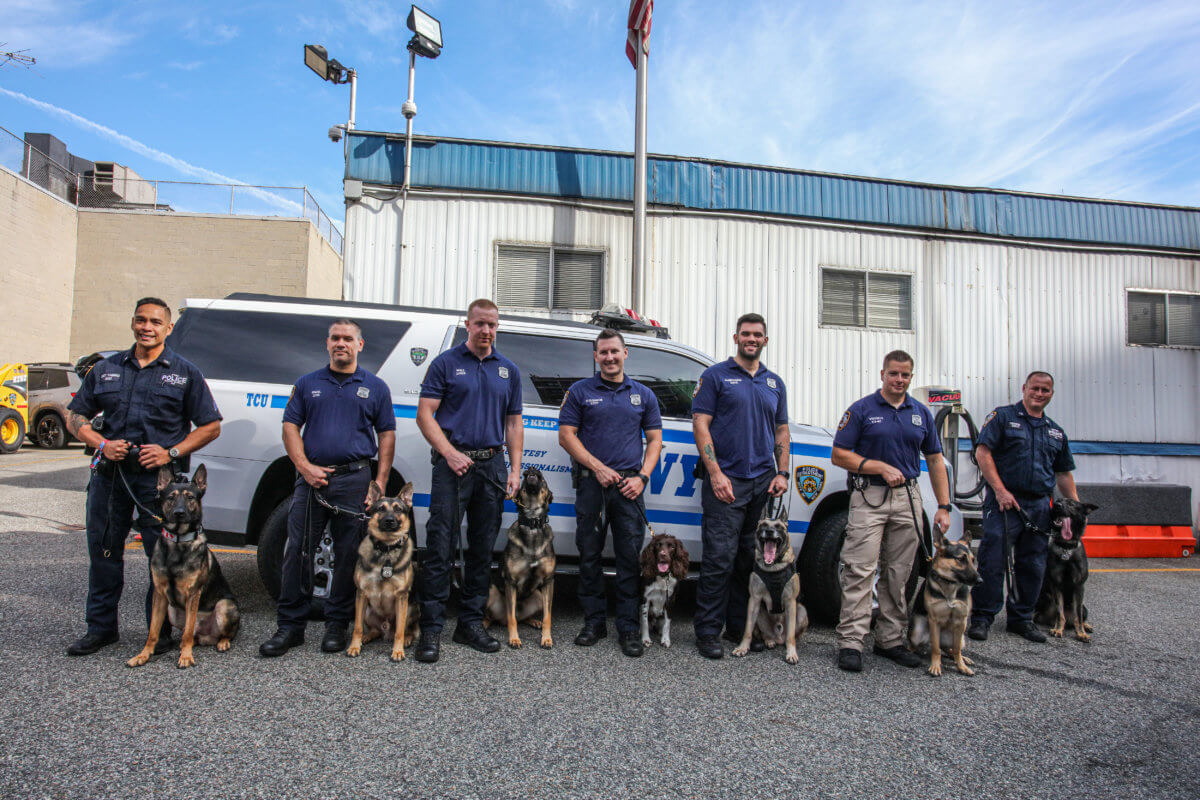
At a training facility in Queens, top dogs in the class demonstrated their impeccable method of detecting suspicious packages. Lining up an array of backpacks and rucksacks, a handler directed their leased partner to the arraignment where, in a number of seconds from when the pups began the sniff test, they alerted at a bag by sitting beside the detection.
In each instance, a canine made a successful discovery — and they were rewarded with a brief tug on a chew toy.
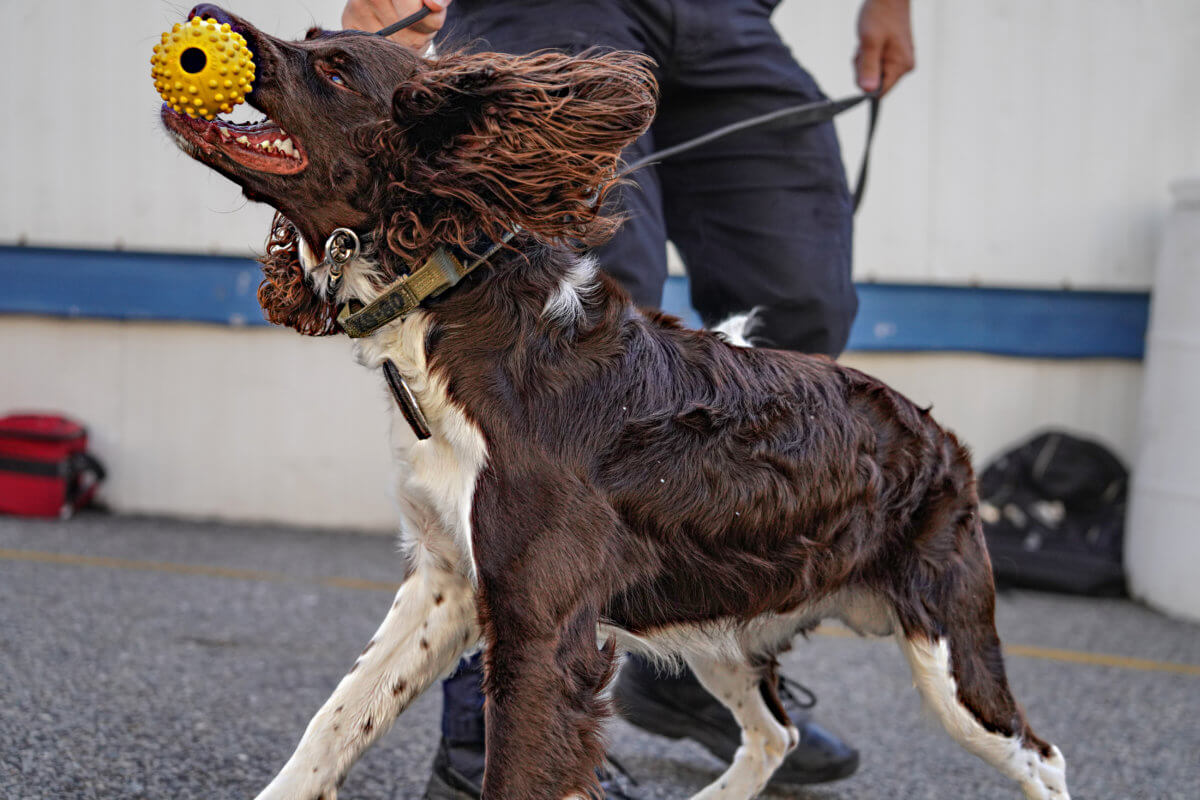
The furry crime-fighters also searched vehicles. An assortment of cars and trucks did not pose a challenge to the unit, with the dogs almost instantly detecting the correct vehicle. The rapidity in which these searches are completed saves lives, and with the amount of human traffic passing underground, Pappas believes speed is imperative.
“New York City subway system, pre-pandemic, was moving 5.7 million people a day. That’s over a billion people a year. That’s more than twice the number of people that fly in the United States every year. So, again, one of the best detection tools that we have is our proactive canine patrols that can detect various explosive devices,” Pappas said.
Thanks to training and exposure, the lieutenant noted, the police dogs are unfazed by the shriek of incoming trains and the hustle and bustle of commuter life. This was also exhibited with a safety sweep of carriages at the 36th Street station in Queens.
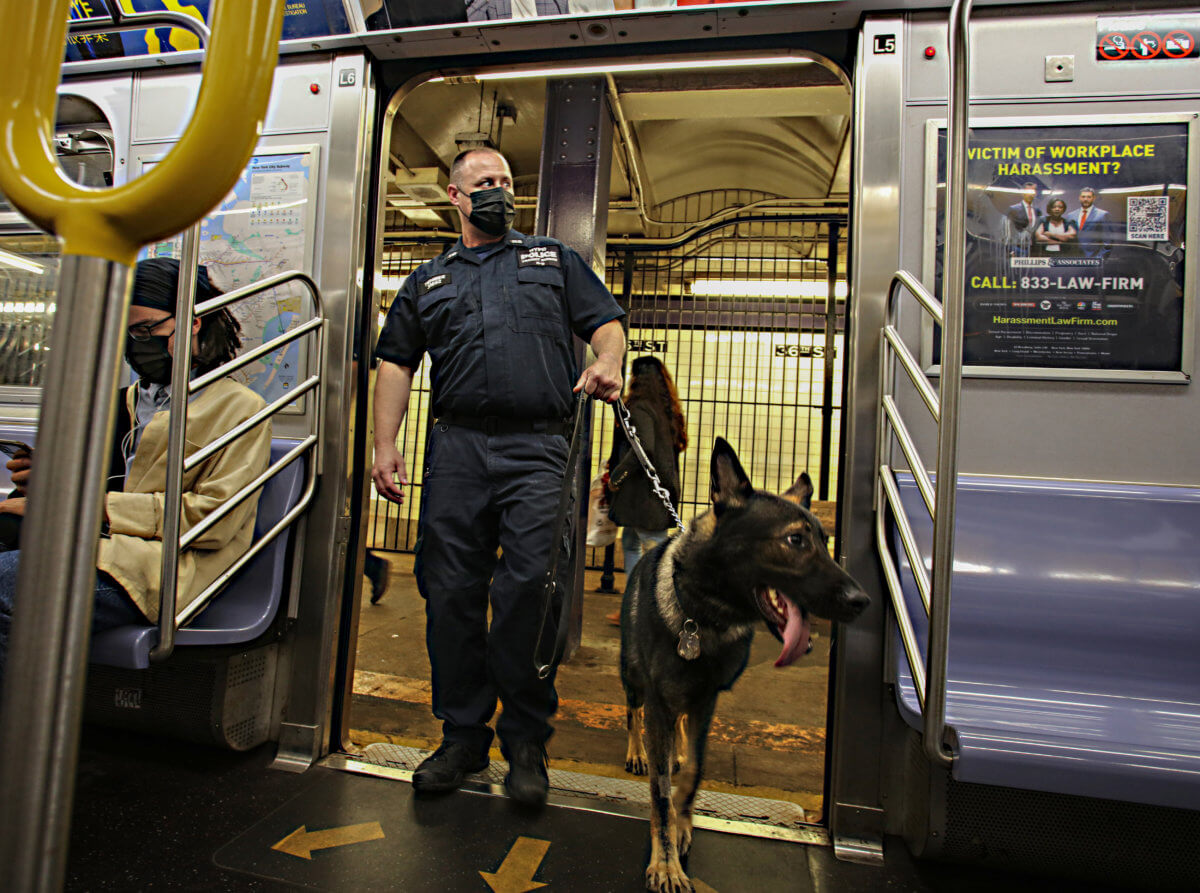
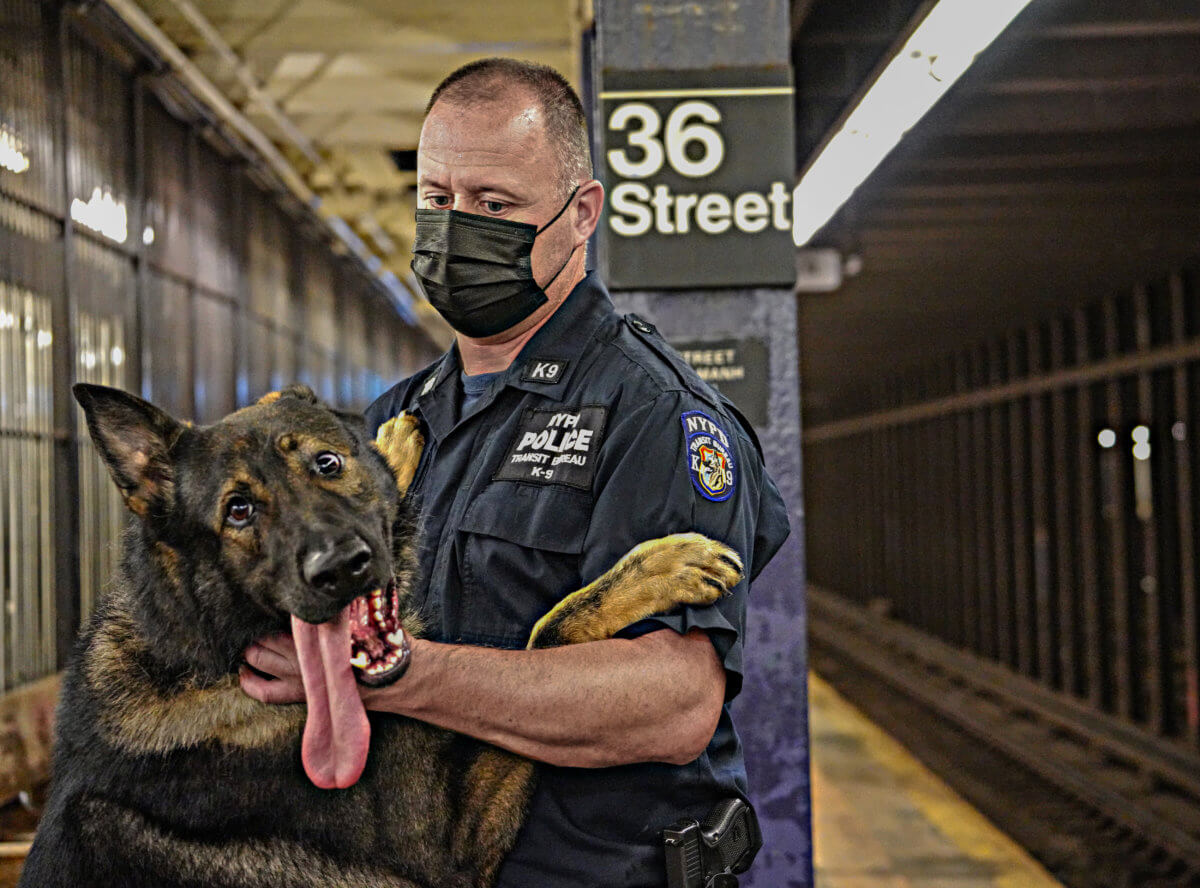
In addition to the supreme skill set of the squad, the bonds between the handler and their dogs are extremely important.
The canines are named after fallen officers to help build this bond and the dogs themselves don’t just work with their handlers but they also live with them to ensure a connection is made. Mark O’Connor is Mikey’s handler, and the officer says he trusts the animal with his life.
“We have such a great bond. Ever since the first day I was given Mikey, the bond, it’s just gotten stronger and stronger day by day, so I know he trusts me and I trust him—I wouldn’t want it any other way,” O’Connor said. “For the most part we spend all of our day together. We wake up, we come to work, we go home, usually go for a walk.”
